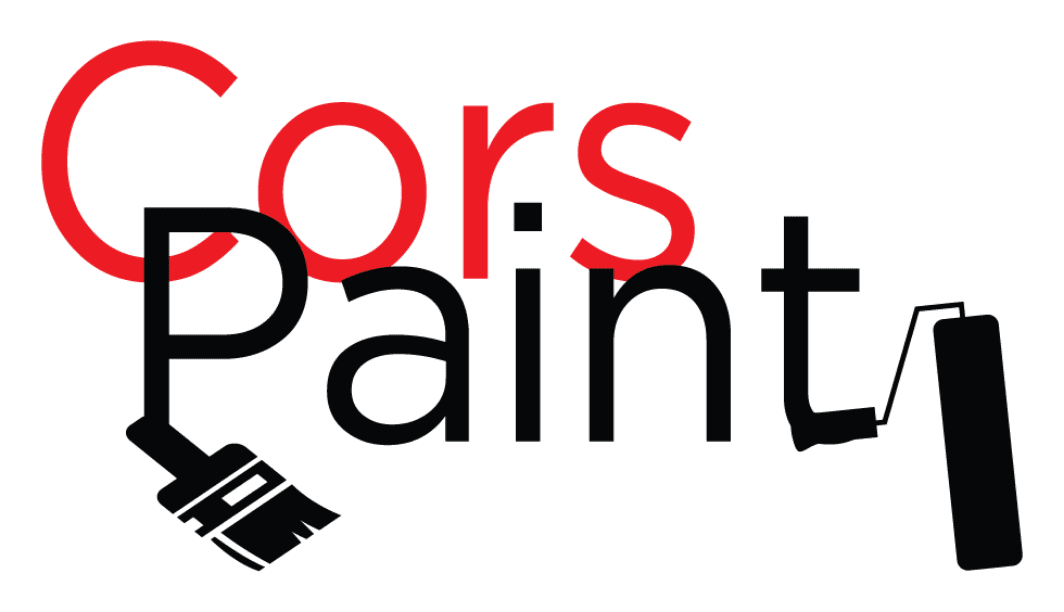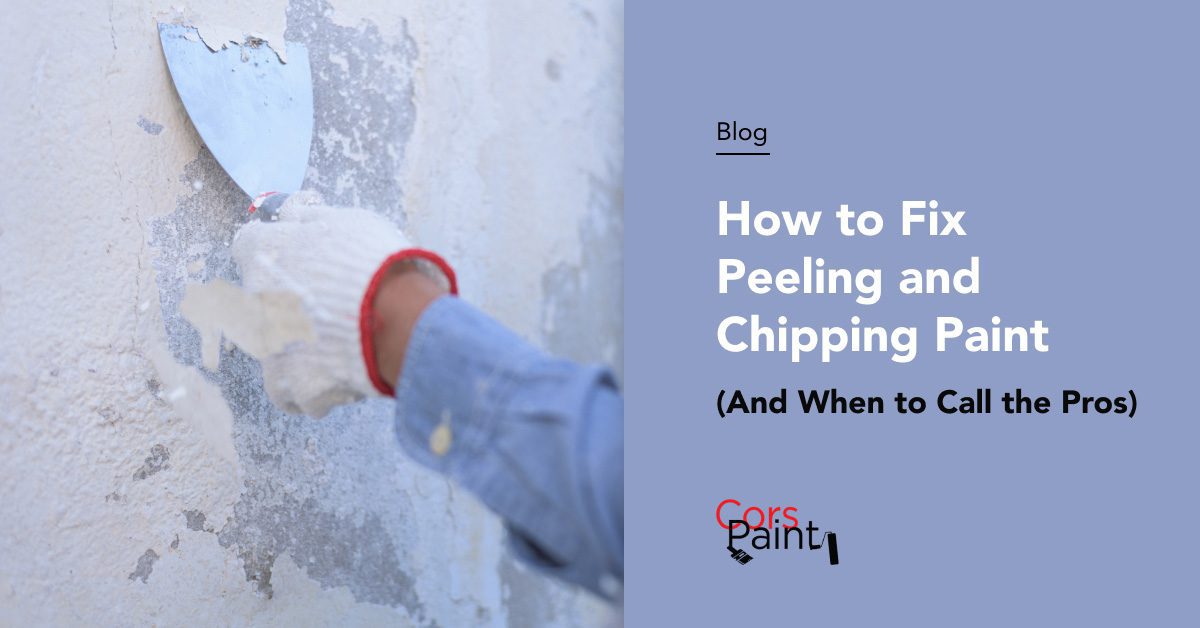Peeling and chipping paint isn’t just an eyesore—it can make your home look neglected and signal deeper issues. But with a little know-how, you can refresh your space and know when it’s time to call in the pros.
Understanding the Causes
Before grabbing your paintbrush, it’s good to understand why paint decides to peel or chip. Here are some common culprits:
- Moisture Problems (The Silent Paint Killer): Water and paint don’t mix. Leaks, humidity, or condensation can weaken adhesion, especially near windows, ceilings, or exterior walls. You might notice bubbling or soft spots underneath the paint in extreme cases.
- Skipping the Prep Work: Painting over dirt, grease, or glossy surfaces is like sticking tape to a greasy countertop—it won’t hold. Oils, dust, and old, unsanded paint prevent proper adhesion, leading to peeling.
- Temperature Swings and Sun Damage: Just like plastic left in the sun, paint can break down from extreme heat and cold. Intense sunlight and fluctuating temperatures cause paint to expand and contract too much, leading to cracking and chipping.
- Applying Paint Too Thickly: One thick coat might seem like a shortcut, but it often leads to peeling. Thick layers take longer to dry and can form a weak outer shell that eventually separates from the surface.
- Using the Wrong Type of Paint: Not all paints work on every surface. Using interior paint outdoors or applying latex over oil-based paint without proper priming can cause peeling and poor adhesion.
DIY Fixes for Minor Peeling and Chipping
If the damage is minor, you can roll up your sleeves and get to work. Here’s how:
- Safety First: Wear gloves, safety goggles, and a dust mask to protect yourself from dust and debris while scraping and sanding. Proper ventilation is also key, especially when working indoors.
- Scrape Away the Loose Bits: Use a scraper or 100-grit sandpaper to gently remove any loose or peeling paint.
- Clean the Surface: Wipe the area with a damp cloth to get rid of dust and dirt. Let it dry completely.
- Patch Things Up: Apply a thin layer of patching material with a putty knife to fill in any gaps or imperfections. Follow the drying instructions on the product.
- Smooth It Out: Once the patch is dry, sand it with 220-grit sandpaper until it’s smooth and level with the surrounding area.
- Prime the Surface: Apply a suitable primer to the repaired area to ensure the new paint adheres properly and looks uniform.
- Repaint: Paint the area with a high-quality paint that matches your existing color. You might need a couple of coats for the best coverage.
When to Call the Pros
Sometimes, it’s best to let professionals handle the job, especially in these situations:
- Extensive Damage: If large areas are peeling or chipping, pros can ensure a consistent and durable finish.
- High or Hard-to-Reach Areas: High ceilings, stairwells, or exterior facades can be dangerous to tackle without the right equipment and experience.
- Underlying Issues: If peeling paint is due to structural problems, like significant water damage or mold, professionals can address the root cause before repainting.
- Lead Paint Concerns: Homes built before 1978 may have lead-based paint. Professionals are trained to handle and remediate lead paint safely.
Keeping Peeling and Chipping at Bay
To prevent future paint problems:
- Manage Moisture: Fix leaks promptly, use dehumidifiers in damp areas, and ensure proper ventilation.
- Prep Properly: Always clean, sand, and prime surfaces before painting to ensure the paint sticks well.
- Choose Quality Materials: Invest in high-quality paints and primers suitable for your specific surfaces and environmental conditions.
- Be Patient: Allow adequate drying time between coats to prevent trapping moisture.
Let CorsPaint Handle the Hard Work
By taking the right steps, you can restore your home’s beauty and keep your paint looking fresh for years to come. But if the project feels overwhelming or you’re unsure what’s causing the peeling, bringing in professionals can save you time and ensure a flawless, long-lasting finish.
At CorsPaint, we know that a great paint job is more than just a quick fix—it’s about quality, durability, and attention to detail. Whether you need expert repairs, a fresh coat of paint, or guidance on the best solutions for your home, our team is here to help. Reach out today for a consultation!


0 Comments